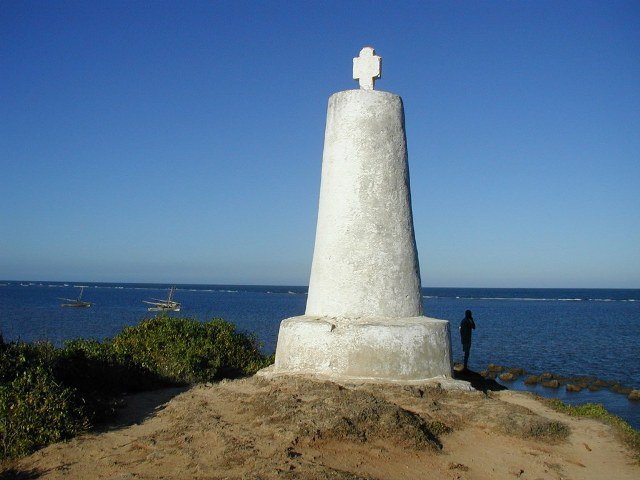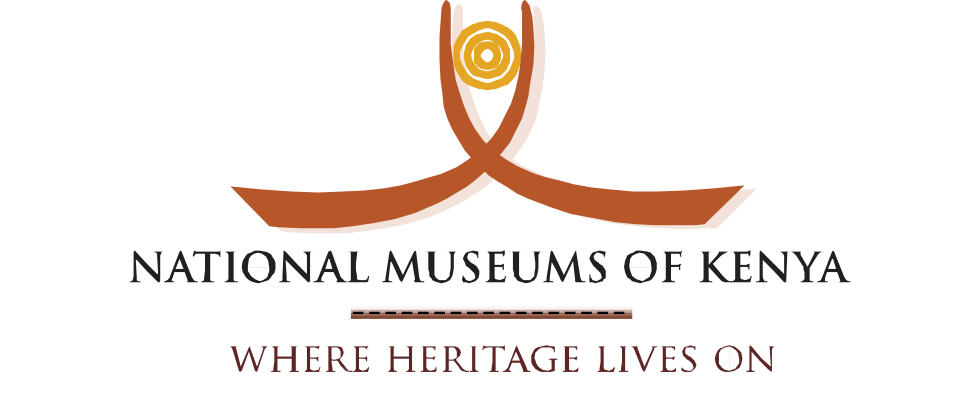 The 15th Century was an era of worldwide exploration by Portugal. Early in the Century, Portugal had conceived an idea of commemorating visits of Portuguese vessels in different domains. In 1497, King Dom Manuel of Portugal appointed Vasco da Gama to command a fleet of 4 ships to sail to India through the Far East. The Fleet left Portugal on the 8th of July, 1497 and after many adventures, anchored off Malindi on Easter Sunday 15th April, 1498.
The 15th Century was an era of worldwide exploration by Portugal. Early in the Century, Portugal had conceived an idea of commemorating visits of Portuguese vessels in different domains. In 1497, King Dom Manuel of Portugal appointed Vasco da Gama to command a fleet of 4 ships to sail to India through the Far East. The Fleet left Portugal on the 8th of July, 1497 and after many adventures, anchored off Malindi on Easter Sunday 15th April, 1498.
The fleet was well received by the then Sultan of Malindi, with supplies of fresh water, fruits and vegetables. The visit lasted for nine days. At the request of Da Gama, who incidentally refused to go ashore during the visit, the Sultan also provided a sea captain (Ibn Majid), who guided the fleet across the Indian Ocean to Calicut, India.
It is probably the warm welcome that Vasco da Gama was accorded on his first visit that made him visit Malindi again on his return voyage in 1499, and his sailors were allowed to erect a pillar with a cross at the top bearing Portugal’s Coat of Arms, on high ground near the then sultan’s palace, on a hilly area, above the present jetty, possibly as a leading mark to guide future seafarers. The cross known as Padrao was of Lisbon Limestone. It seems slabs of limestone were carried as ballast in the ships. The Coat of Arms of Portugal is still faintly visible, but unfortunately this Christian symbol caused grave discontent among the Muslim community and soon it was taken down.
Later however, after representation from the small Portuguese community that had by then established a trading post in Malindi, the Sultan permitted a pillar to be erected at its present site to hold the cross. This Pillar is the only known original Padrao out of several placed at various points at the African coastline by various Portuguese seafarers.
In this exposed position it became weathered and eroded and in 1973, Captain Malcom of HMS Briton decided it should be reinforced and he arranged for the protective concrete cone to be built concealing the original pillar, which now supports the limestone cross. This stone was examined some years ago and confirmed to be limestone from Portugal.
The Pillar was declared a gazette National Monument in 1935 and is currently under the National Museums of Kenya. The headland on which the Pillar stands had been eroded over the years. NMK has carried out restoration measures by reinforcing the existing sea wall, paved the once sandy access road with cabro blocks and build an ablution block within reachable distance to enhance tourist/visitor experience at the National Monument.
